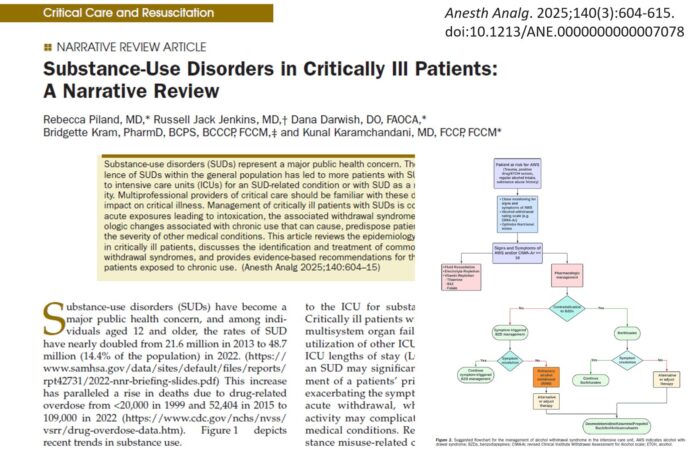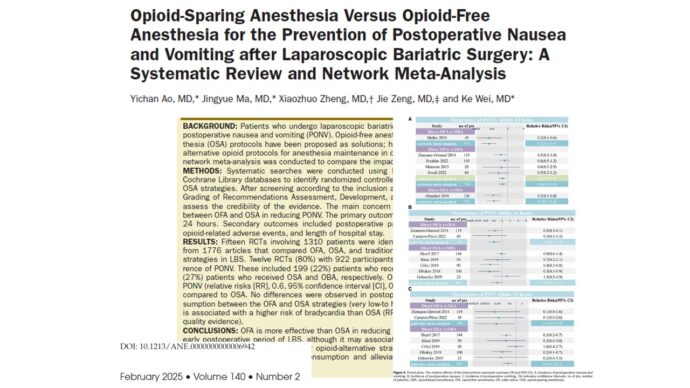
Cooled vs. Conventional Radiofrequency for Chronic Knee Pain Relief
Published in RAPM 2025, the COCOGEN trial is a study evaluating the effectiveness of cooled radiofrequency (RF) ablation versus conventional RF for managing chronic knee pain. The study offers 12-month follow-up results and a cost-effectiveness analysis, providing crucial insights for both clinicians and patients suffering from knee osteoarthritis (OA) and persistent postsurgical pain (PPSP) after total knee arthroplasty (TKA).
Why this study matters
- Knee osteoarthritis (OA) is a leading cause of chronic pain, significantly impacting mobility and quality of life.
- Persistent postsurgical pain (PPSP) affects up to 53% of patients following knee replacement surgery, making pain management a major concern.
- Radiofrequency ablation (RF) of the genicular nerves has emerged as a minimally invasive pain management strategy.
- Cooled RF is designed to create larger lesions than conventional RF, potentially offering better long-term relief.
- The cost-effectiveness of these treatments remains unclear, which is crucial for healthcare decision-making.
Study overview
The COCOGEN trial is a double-blinded, randomized controlled trial that compared cooled RF and conventional RF in 49 patients suffering from:
- Osteoarthritis-related knee pain (OA)
- Persistent postsurgical pain (PPSP) after TKA
Key metrics analyzed:
- Pain reduction (Numerical Rating Scale – NRS)
- Knee functionality (Oxford Knee Score – OKS)
- Quality of life (EuroQol 5-Dimension 3-Level – EQ-5D-3L)
- Emotional health (Hospital Anxiety and Depression Scale – HADS)
- Medication use (Medication Quantification Scale III – MQS III)
- Cost-effectiveness analysis (based on Quality-Adjusted Life Years – QALY)
Key findings from the COCOGEN trial
Pain reduction at 12 months
- Patients achieving ≥50% pain reduction:
- 22.2% for conventional RF
- 22.7% for cooled RF
- Statistical significance? No significant difference in overall pain reduction between the two treatments.
Effectiveness in PPSP vs. OA patients
- For PPSP patients:
-
-
- Cooled RF showed significantly better pain reduction than conventional RF.
- Statistical significance: p = 0.02.
- Patients achieving ≥30% pain reduction: 0% (conventional RF) vs. 45% (cooled RF) (p = 0.045).
-
- For OA patients:
-
- Both treatments showed comparable pain reduction.
- Conventional RF had a slightly better numerical rating scale (NRS) reduction at 12 months.
Cost-effectiveness findings
- PPSP patients: Cooled RF was more cost-effective than conventional RF, with higher QALY gains at lower costs.
- OA patients: Conventional RF was more cost-effective, with lower costs and slightly better QALY outcomes than cooled RF.
What do these results mean?
- Cooled RF appears to be a better option for patients suffering from persistent postsurgical pain (PPSP) after knee replacement, providing greater pain relief and lower costs.
- Conventional RF may be preferred for osteoarthritis (OA)-related knee pain due to its lower costs and comparable pain relief to cooled RF.
- Neither treatment showed a significant advantage in achieving ≥50% pain reduction, with overall success rates around 22%.
- Both procedures were safe, with no serious adverse events reported at 12 months.
Final thoughts: What’s next?
The COCOGEN trial provides valuable long-term data for physicians and patients considering radiofrequency ablation (RF) for chronic knee pain. However, the study’s small sample size means larger trials are needed to confirm these findings.
Future research
- The COGENIUS trial (NCT05407610) aims to compare cooled RF, conventional RF, and a sham procedure over two years.
Takeaways for patients & healthcare providers
- PPSP patients may benefit more from cooled RF.
- OA patients may find conventional RF more cost-effective.
- Larger trials are needed to further validate these results.
Conclusion
While both cooled and conventional RF offer pain relief for chronic knee pain, cooled RF shows a clear advantage in PPSP patients, offering better pain reduction and cost savings. For OA patients, conventional RF remains an effective and more economical option.
With future research on the horizon, radiofrequency treatments continue to evolve, providing minimally invasive, long-term pain relief for knee pain sufferers worldwide.
For more information, refer to the full article in RAPM.
Belba A, Vanneste T, Kallewaard JW, et al. Cooled versus conventional radiofrequency treatment of the genicular nerves for chronic knee pain: 12-month and cost-effectiveness results from the multicenter COCOGEN trial. Regional Anesthesia & Pain Medicine 2025;50:36-45.
For more insights into the latest advancements in pain management, check out Pain Medicine Updates 2025! This expertly curated resource is designed for busy pain clinicians, offering concise, high-impact summaries of the most significant research from 2023-2024. Get your copy on Amazon or Google books.



